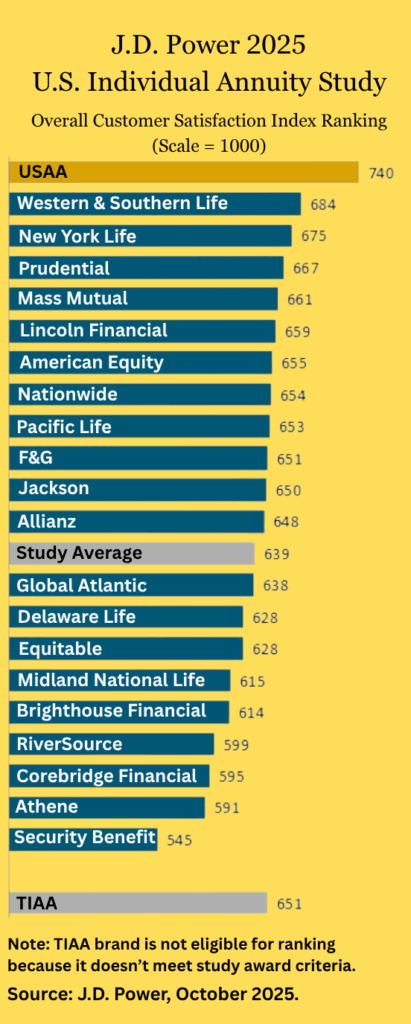
Even as the “Bermuda Triangle” strategy stokes this year’s sharp rise in U.S. fixed deferred annuity sales—by enabling life insurers to reduce capital requirements with reinsurance—the strategy keeps attracting criticism from financial governing bodies.
In mid-September, economists at the Bank of International Settlements (BIS) in Basel, Switzerland, following the Federal Reserve and the International Monetary Fund, warned about the systemic risk posed by private equity firms that “have funneled investment into private markets by acquiring insurance portfolios through affiliated reinsurers.”
In a paper entitled, “Shifting landscapes: life insurance and financial stability,” four BIS analysts show through data and commentary that:
- Insurance risk is now backed by fewer, less liquid and riskier assets.
- Cross-border risk-sharing arrangements among or within large (re)insurance companies and their connections with PE firms [has made] supervisory monitoring more complex.
- The higher tail risk of PE-linked insurers, coupled with greater investment in less liquid assets, suggests that these firms could prove more vulnerable than peers in difficult market conditions.
- Life insurers’ increased exposure to more risky and illiquid assets raises the risk of losses and vulnerability to sudden liquidity needs, while growing reliance on AIR [asset-intensive reinsurance] raises concerns about interconnectedness and complexity.
- In sharp contrast to the diversification benefits derived from conventional life reinsurance by pooling mortality and longevity risk, returns on invested assets could prove highly correlated in the event of widespread market downturns.
- PE-linked life insurers in the United States had ceded risk to affiliated insurers equivalent to almost half of their total assets (or nearly $400 billion) by the end of 2023, compared to less than 10% of total assets for other US life insurers.
- About two thirds of the risks ceded by PE-linked life insurers were assumed by affiliate reinsurers with links to PE located in offshore centers.
- In the U.S., major life insurers had ceded reserves of about $2.1 trillion at end-2023, no less one quarter of their total assets, and up from ~$500 billion in 2017. About 40% of ceded risks were assumed by reinsurers in offshore centers, nearly triple the 2017 share. reported in 2017.
- In 2022, life insurers managed total assets of about $35 trillion, around 8% of global financial assets, up from $14 trillion two decades ago.
The global mission of the BIS, according to its website, is to “support central banks’ pursuit of monetary and financial stability through international cooperation, and to act as a bank for central banks.” Established in 1930, the BIS is owned by 63 central banks in countries that together account for about 95% of world GDP.
The new paper’s authors are Fabian Garavito, Ulf Lewrick, Tomas Stastny, and Karamfil Todorov. Like economists at the Federal Reserve, the BIS analysts offer the standard disclosure that their report doesn’t necessarily reflect an official position of the BIS or the International Association of Insurance Supervisors.
The analysts’ description of the life/annuity industry in the U.S. aligns closely with RIJ’s descriptions of what we call the “Bermuda Triangle.” This is the three-cornered partnership between fixed deferred annuity issuers (i.e., life insurers), private credit originators (i.e., private equity firms) and Bermuda- or Cayman-based reinsurer—all three of which are often affiliated in both synergistic and conflicted ways.
The BIS report diverges slightly from RIJ in leaving the impression that the Bermuda Triangle life insurers are still selling multiple-premium insurance products that offer protection against mortality risk and longevity risk.
RIJ’s reporting has shown that PE-controlled life insurers sell mainly single-premium products that offer protection against investment risk, and make their money mainly from asset-management fees rather from the difference between the yields they promise policyholders and what they earn on safe, hold-to-maturity bonds.
© 2024 RIJ Publishing LLC. All rights reserved.


